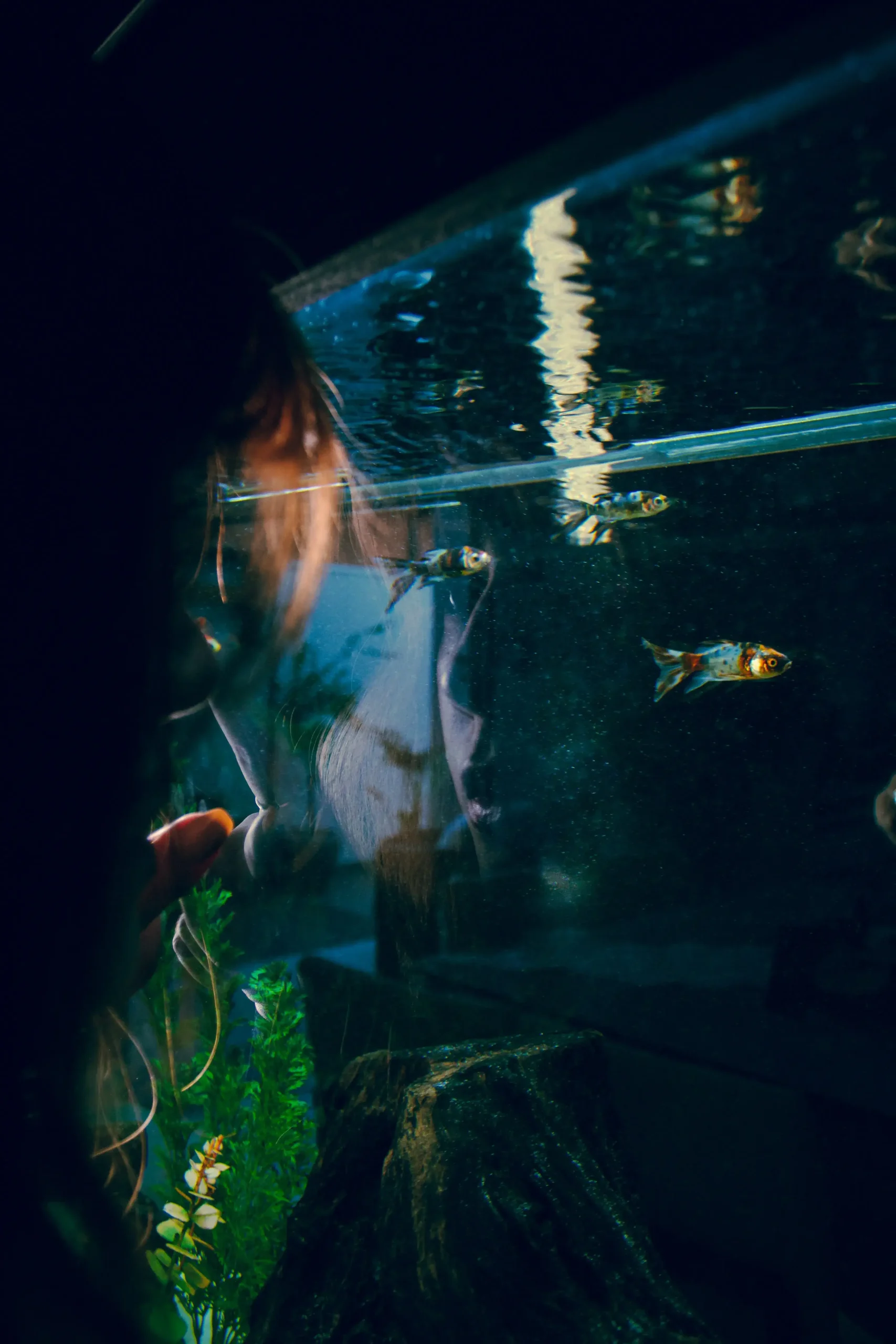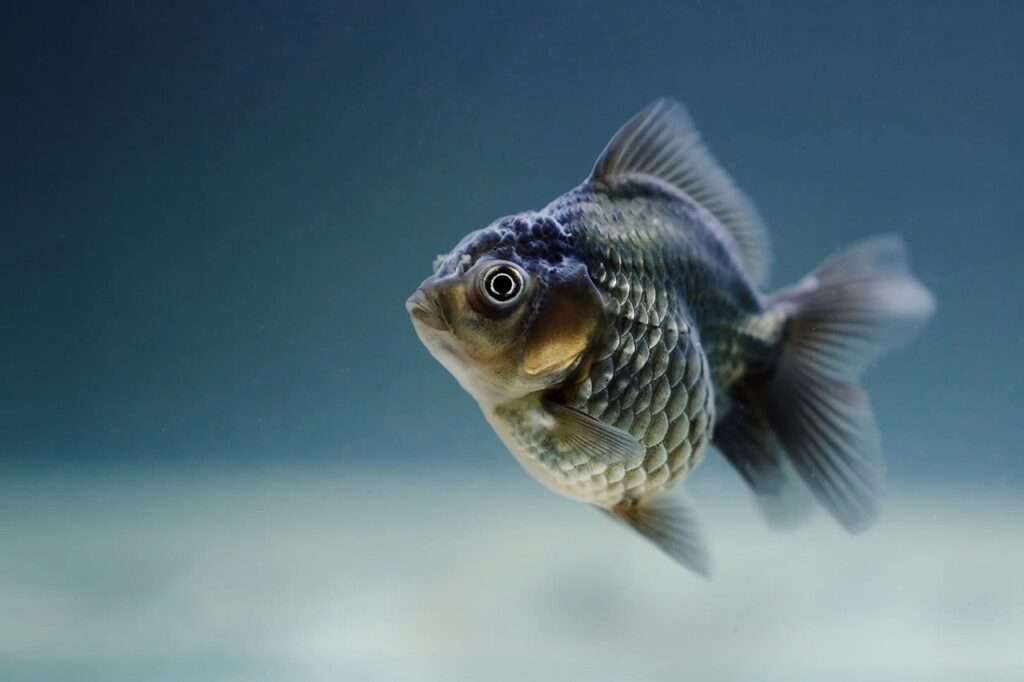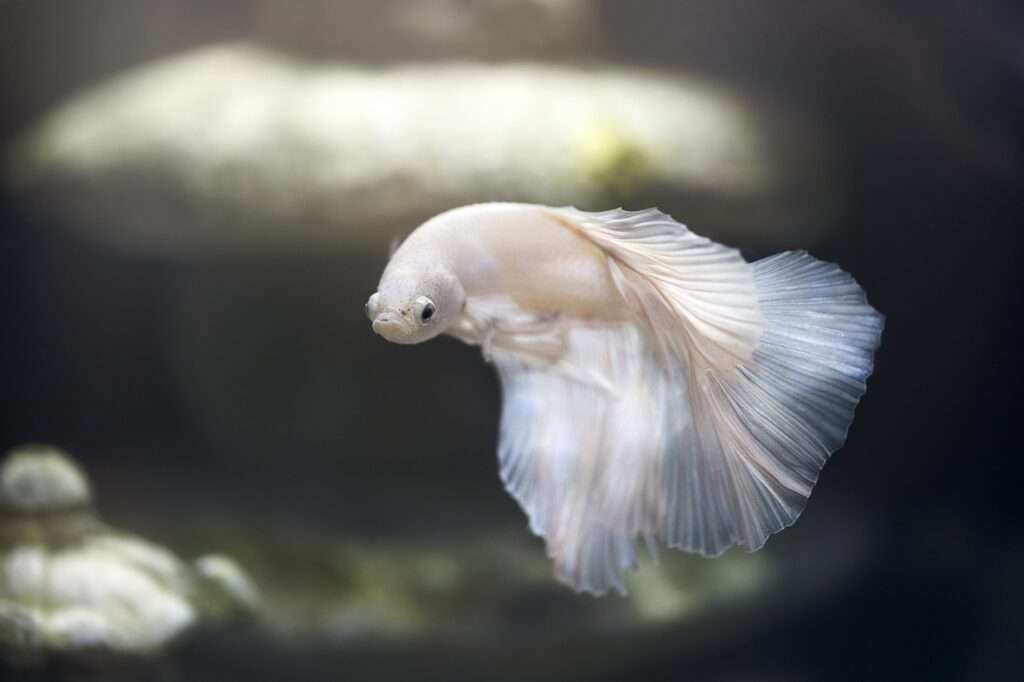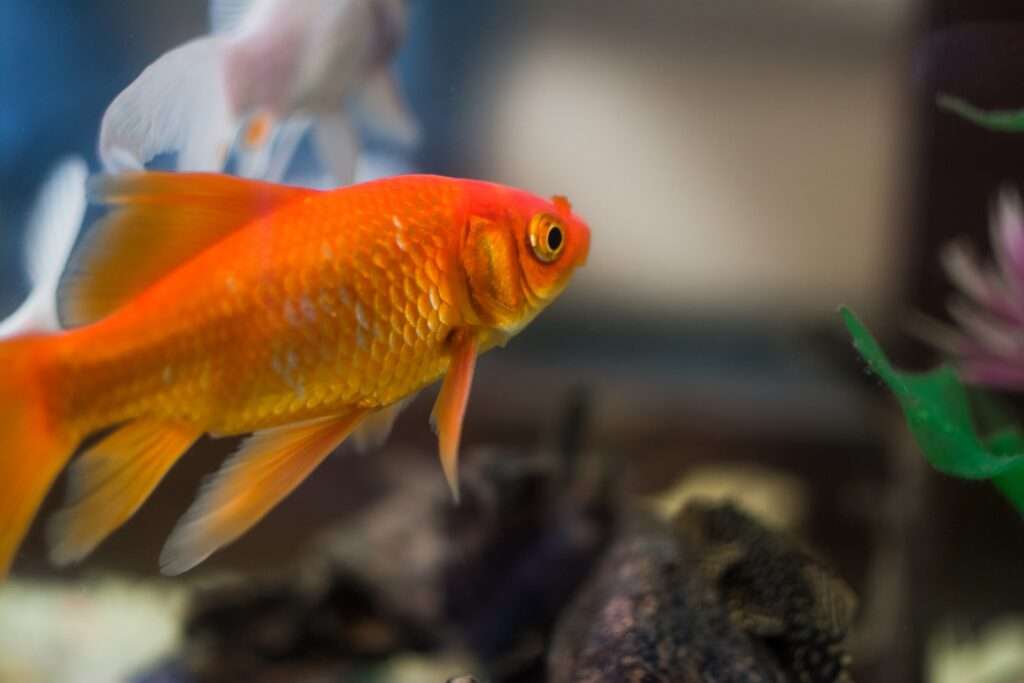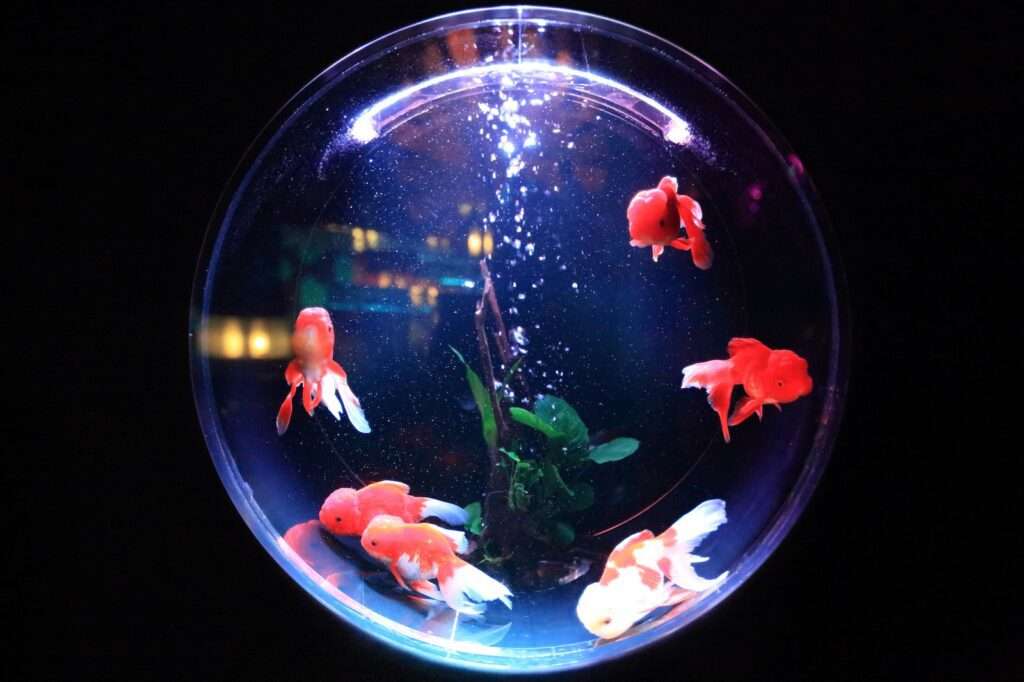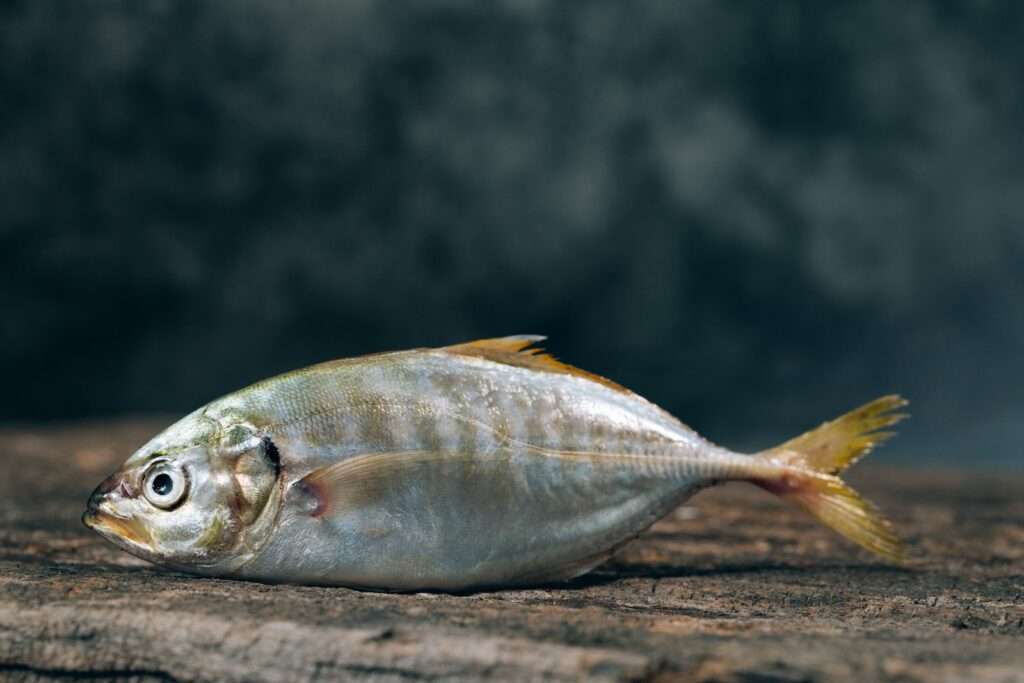Proper oxygenation is crucial for maintaining a healthy fish tank environment. Insufficient oxygen levels can lead to stress, diseases, and even death in fish. In this article, we will explore various methods to ensure adequate oxygenation in your fish tank, along with answers to frequently asked questions.
Understanding the Importance of Oxygenation
Why is Oxygenation Important for Fish Health?
Oxygen plays a vital role in fish respiration and metabolism. Fish extract oxygen from the water through their gills, and it is necessary for their survival. Insufficient oxygen levels can lead to a decrease in their immune system function, making them more susceptible to diseases and infections. In severe cases, it can even result in fish suffocating and dying.
Factors Affecting Oxygen Levels in a Fish Tank
Several factors can affect the oxygen levels in your fish tank. The population of fish in the tank is one crucial factor. More fish means more oxygen demand, so it is essential to avoid overstocking your tank. Additionally, water temperature can impact oxygen solubility, with warmer water holding less oxygen. Finally, aquatic plant growth can also affect oxygen levels, as plants consume oxygen at night and release it during the day through photosynthesis.
Effective Methods for Oxygenating Your Fish Tank
Ensure Sufficient Water Movement
One of the most effective ways to oxygenate your fish tank is by ensuring sufficient water movement. This can be achieved through the use of aquarium filters, air stones, and powerheads. These devices create water currents that promote oxygen exchange at the water surface, enhancing the oxygenation of the tank.
Increase Surface Area
Maximizing the surface area of your tank can also help improve oxygen levels. Using a bubble wall or a skimmer can increase the surface area available for oxygen exchange. These devices create a fine stream of bubbles that allows for more contact between the water and the air.
Introducing Aquatic Plants
Aquatic plants play a crucial role in oxygenating fish tanks. They release oxygen during photosynthesis and absorb nutrients that can contribute to the overall health of the tank. Adding live plants to your aquarium can help maintain a balanced oxygen environment.
Additional Tips for Optimizing Oxygen Levels
Avoid Overstocking
Overstocking your fish tank can lead to increased oxygen demand and depletion. It is important to research the specific needs of your fish species and ensure appropriate stocking levels to prevent oxygen deficiencies. A good rule of thumb is to have no more than one inch of fish per gallon of water.
Monitor Water Temperature
Water temperature affects the solubility of oxygen in the water. Warmer water holds less oxygen, so it is crucial to monitor the temperature and maintain suitable ranges for optimal oxygenation. Generally, most tropical fish thrive in water temperatures between 75-80°F (24-27°C).
Regular Water Changes and Maintenance
Regular water changes and tank maintenance are essential for maintaining water quality and oxygen levels. Routine water changes help remove accumulated toxins and replenish oxygen levels. It is recommended to perform water changes of about 25% every two weeks for most fish tanks.
FAQs (Frequently Asked Questions)
Q1: How can I tell if my fish tank lacks oxygen?
Signs of oxygen deprivation in fish include gasping at the water surface, lethargy, and fish staying near the water outlet. If you notice these signs, it is crucial to take immediate action to rectify the situation by improving oxygenation.
Q2: Can I use an air pump alone for oxygenation?
While air pumps can help increase oxygen levels to some extent, they are not sufficient for proper oxygenation. Additional methods such as water movement devices and introducing aquatic plants are recommended for effective oxygenation.
Q3: Is it necessary to have live plants in my fish tank?
Live plants are not necessary, but they offer significant benefits in terms of oxygenation and overall tank health. If you prefer not to have live plants, you can use other methods discussed in this article to enhance oxygen levels in your tank.
Q4: How often should I change the water in my fish tank?
The frequency of water changes depends on the size of your tank and the number of fish. As a general guideline, performing water changes of about 25% every two weeks is recommended. However, it is important to monitor water quality regularly and adjust the frequency accordingly.
Q5: Can oxygen levels be too high in a fish tank?
While it is rare, excessive oxygenation can pose risks to fish. Extremely high oxygen levels can lead to gas bubble disease, causing bubbles to form in the fish’s bloodstream. To maintain a balanced oxygen environment, it is important to monitor oxygen levels and adjust the oxygenation methods accordingly.
Conclusion
Ensuring proper oxygenation in your fish tank is essential for the overall health and well-being of your aquatic pets. By implementing the methods discussed in this article and adhering to proper maintenance practices, you can create a thriving environment that promotes optimal fish health. Remember to monitor oxygen levels regularly and take necessary actions to address any deficiencies promptly.


